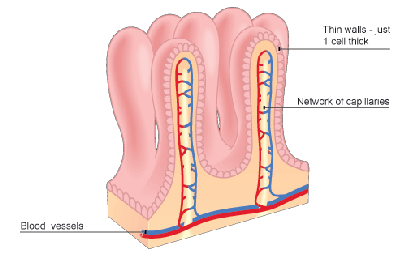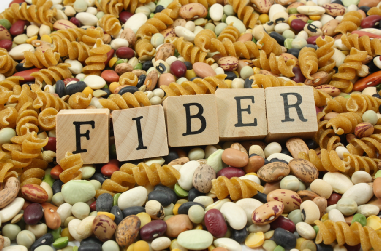






Digestive System
Where does all the food you eat go? On average we eat around 2 kg of food each day.
All that food is sent through our digestive system, broken down, absorbed and removed.
From mouth to anus, the digestive system is roughly 9 meters long!
In fact your small intestine is 6 meters long!
Over these 9 meters, the food is broken down and absorbed into the body. Anything that can’t be broken down or absorbed is considered waste and sent out of the body as Faeces or Urine.
It takes roughly 53 hours for food to leave your body once you eat it.
Try this, don’t eat corn for 1 week. Then eat ½ a cup of corn. Each time you poop record the findings. You should see corn appear roughly 2 -
Corn skin is made of cellulose and thus, can’t be digested by your body. Since it can’t be broken down its excreted in you faeces.
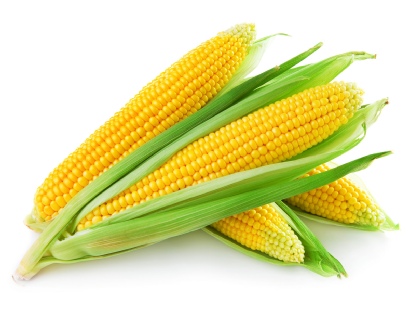
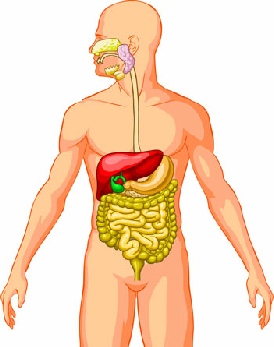
Quick Questions
1. What is digestion?
2. How long is the average human digestive system?
3. How are the nutrients transported to the body?
4. Why is digestion important to survival?
Most of the food you eat is made of large molecules like lipids and proteins.
During digestion these large molecules are broken down into small molecules of nutrients.
Once they are broken down enough, they absorbed through the blood vessels in the intestines.
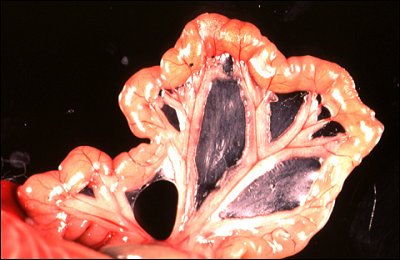
Parts and steps of the digestive system
It all begins with the mouth.
The teeth physically break down the food by cutting and grinding it into smaller chunks.
Saliva produced in the mouth helps break down starch.
The Gullet or Oesophagus is a tube connecting the mouth to the stomach.
It is filled with many tiny sphincters (tiny muscles) which open and close, pushing food down the throat.
They can also work in reverse, pushing food back up.

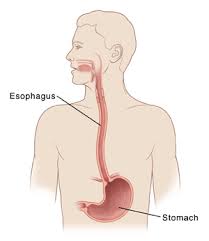
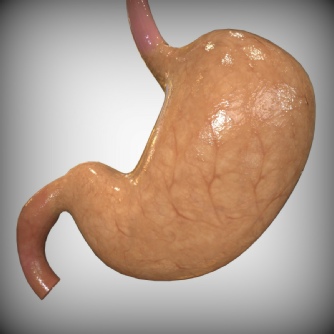
In the Stomach strong digestive juices and acids, begin to breakdown proteins and fats.
The juices as well as muscular contractions break down the food.
From the Stomach, the food continue to the small intestine. The liver and pancreas release digestive juices to help digestion.
In the small intestines, small molecules of nutrients are passed through the intestines to the blood stream.
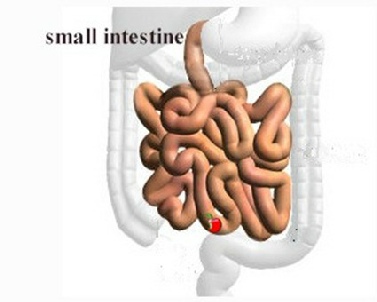
The Large intestine is up next. All the food which can’t be digested enter the large intestine.
Water is passed back into the body, leaving a solid waste, of undigested food called faeces.
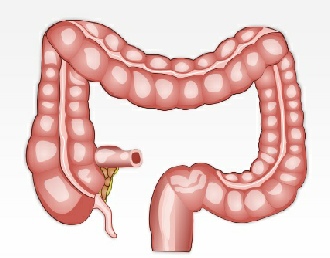
The Faeces are stored in the Rectum until they leave the body.
The anus is a muscular ring where food leaves the body. It is essentially the door out of the body.
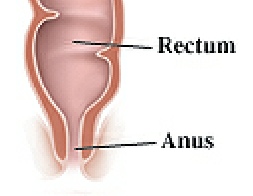
Quick Questions
1. From mouth to anus, state the parts of the digestive system
2. What is the purpose of the Stomach?
3. What is the liver and pancreases role in digestion?
4. How do the small and large intestines differ?
Grab the structures bellow and put them in their correct places
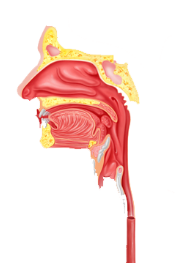

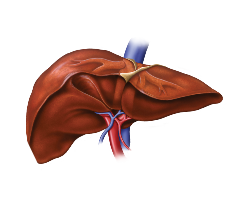

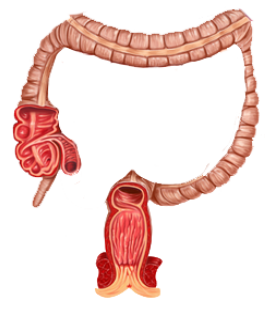
So how does food move through the digestive system and get into our blood?
Throughout your digestive system, small muscle rings called, sphincters push food through.
They force food through the gut and eventually out of the anus. Eating a lot of fibrous helps prevent constipation. This is because we lack the right bacteria to break down fibre.
In the small intestine the majority of nutrient absorption occurs. It has thin walls and hundreds of small structures called Villi, help with this absorption.
These small hair like structures increase the surface area meaning they can absorb more nutrients from the food.
These villi contain capillaries to carry away the absorbed food molecules.
Quick questions
1. What are Villi
2. What is the role of the small intestine?
3. How does food travel through the gut?
4. In detail explain how nutrients get from the small intestine to the body.
Questions
Short Answer Questions
1. How has the small intestine adapted to perform its function?
2. Why can’t our bodies break down fibre?
3. Explain the role of the:
a. Stomach
b. Mouth
c. Small intestine
d. Rectum
4. How do Villi help the small intestine absorb food and nutrients.
5. Describe the flow of food through the digestive system
Extension
( 6 mark Questions)
6. When people are seriously over weight they need surgery to help them loose weight. Some time the surgeon will reconnect the stomach to a lower part of the small intestine. This means the food misses ½ of the small intestine. How would this help a person loose weight?
7. Sometime the large intestine can become blocked, infected or damaged and needs to be removed. This is called a colonectomy. If you removed a patients Large intestines, how would you expect their faeces to change and why?
